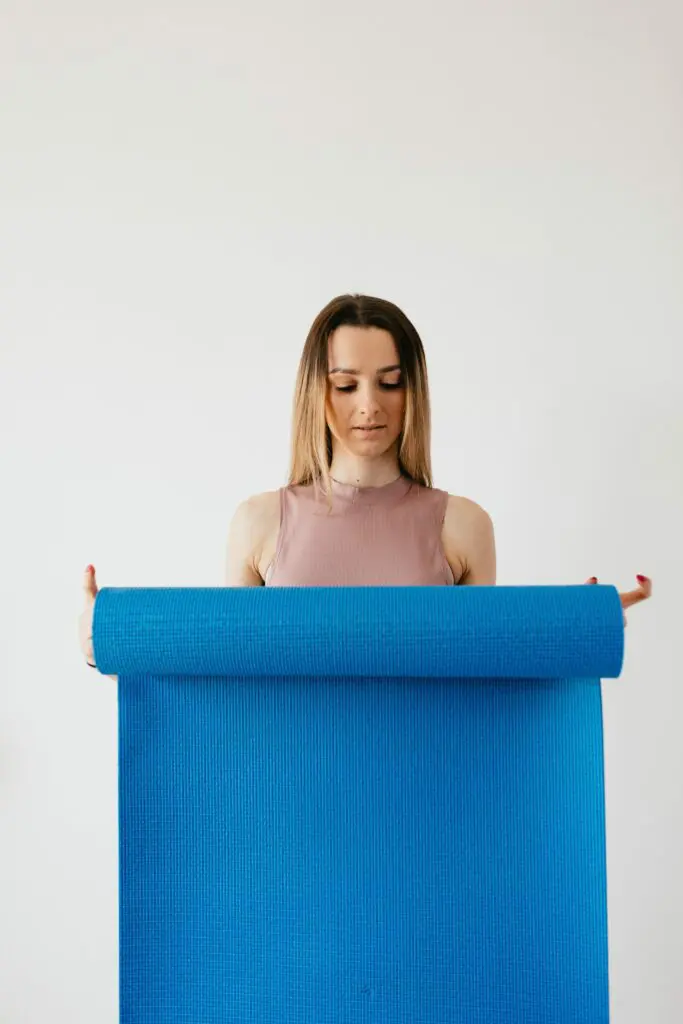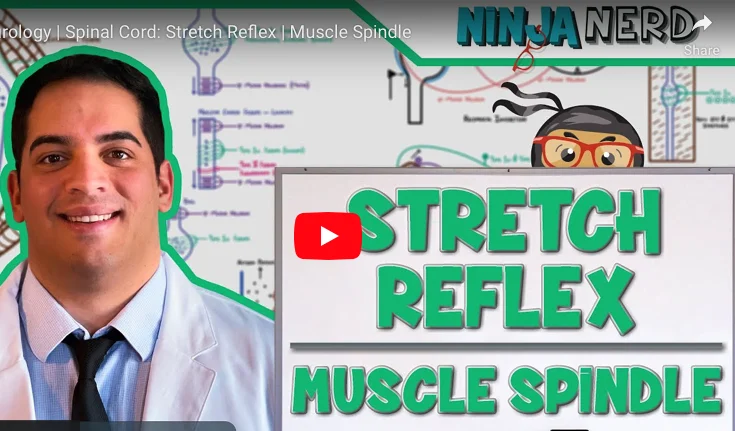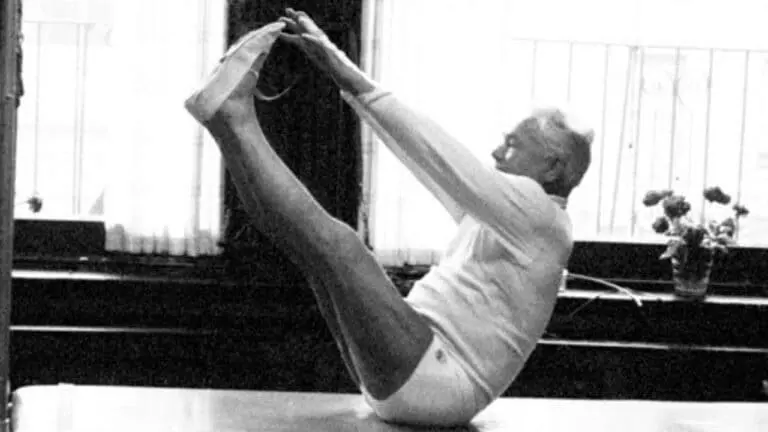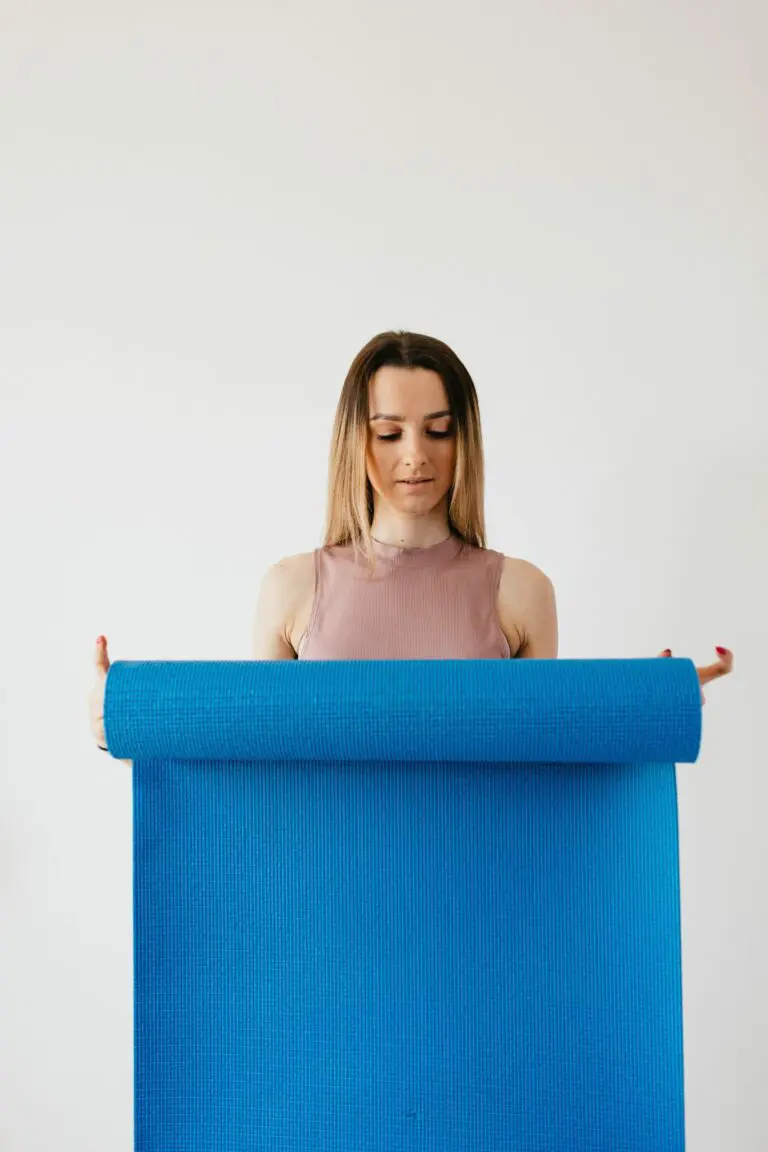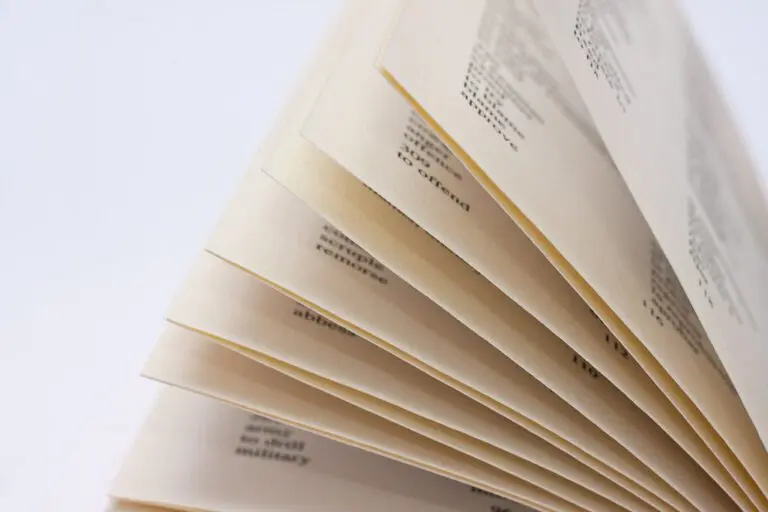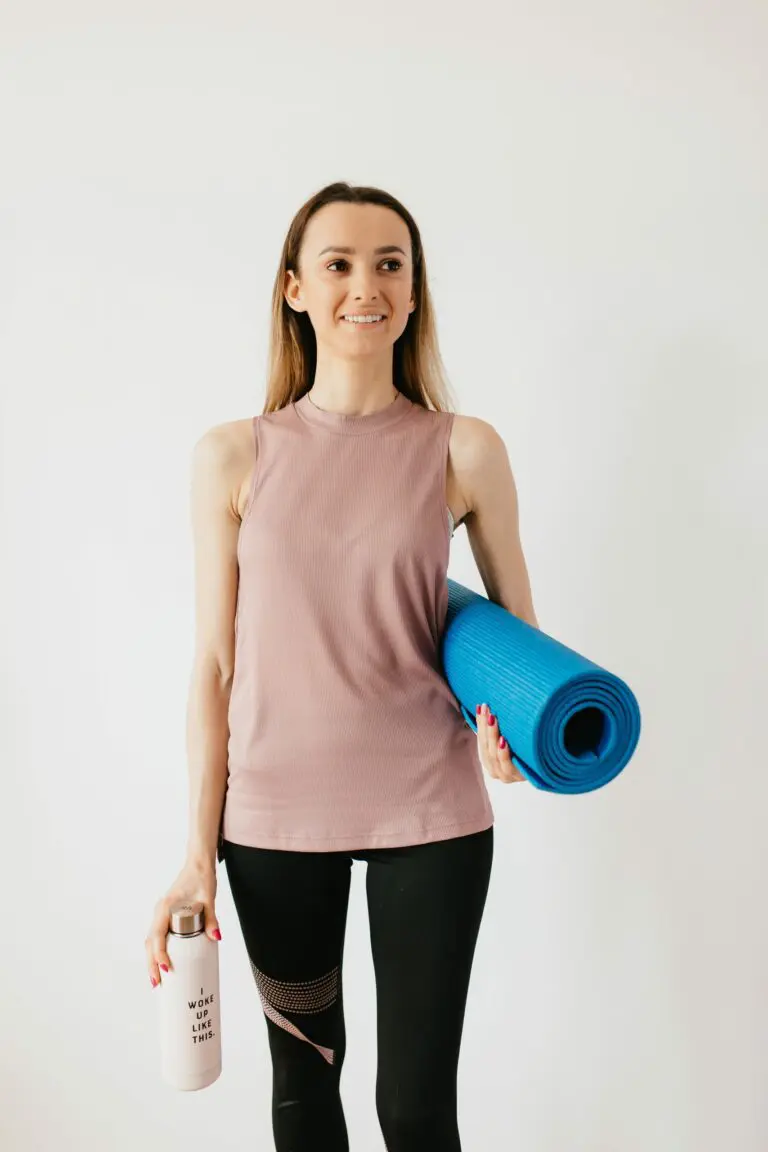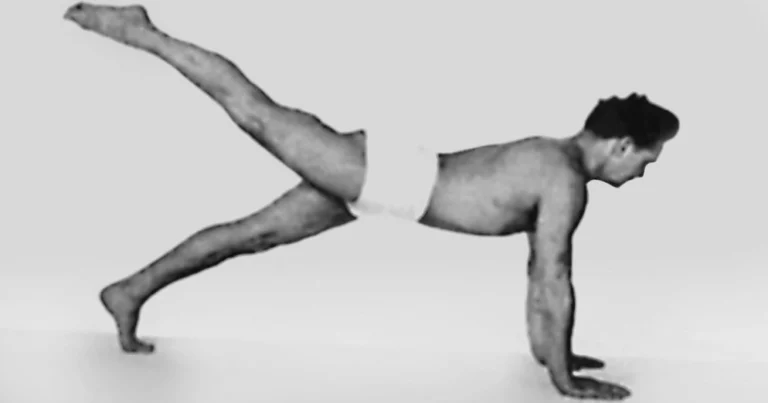So you’ve decided to make the jump and have your first Pilates class? Good for you! Here’s your guide to getting the most out of your first lesson.
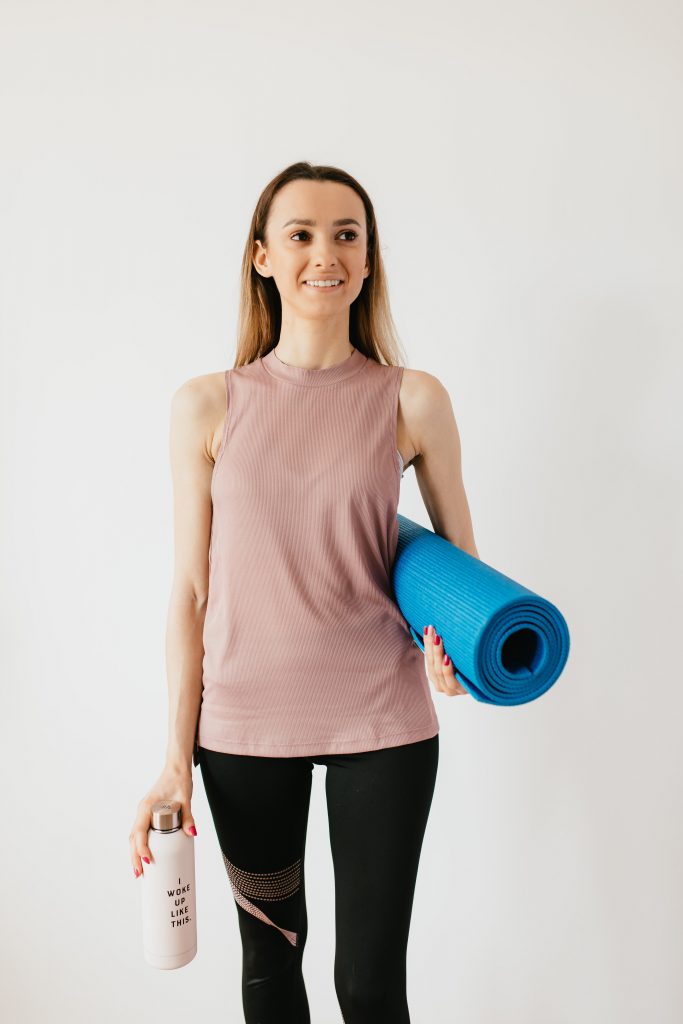
Pilates offers lots of benefits to your body, no matter your fitness background. You’ll improve your posture, focus on bodily alignment, and get one heck of a core workout.
Want to know what the hype is all about? Here’s everything a Pilates newbie needs to know to enjoy their first class.
What to Expect
Your first Pilates class can be intimidating and – let’s face it – a bit weird.
Some folks practice Pilates in studios and some in larger group settings. We’ll look at these individually.
First Pilates Studio Session
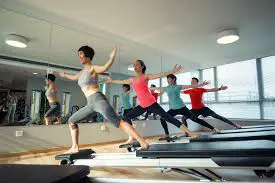
Okay, you’ve made it through the door: first accomplishment! There are strange machines with straps that look like they belong on a set for the next Fifty Shades of Gray film, but never fear: someone at reception should welcome you soon. You’ll probably be asked to fill out some paperwork to get started.
The receptionist might also give you:
- Introduction to the studio: you might meet some of the personnel, find out where the facilities are, and meet that strange-looking equipment.
- Discussion of the Pilates method and what you’ll be doing in your sessions. You can also ask any questions you have here.
Many studios require some sort of induction before you start taking group classes, so your first lesson might be a private induction.
In an induction class for Pilates, the instructor will probably do the following:
- Postural analysis: this is to see your everyday standing posture. It gives the instructor an idea of your habits and what you’ll be working on together.
- Discussion of your medical history. Here you can go over what brought you to Pilates, what you’d like to get out of your training, and whether you have any pre-existing conditions your instructor needs to know about.
- Pre-Pilates exercises. Here you’ll learn how to execute the movements safely and effectively. You’ll encounter principles such as lateral breathing, safely curling your neck forward, and working from your inner abdominals.
Some studios start you out without an induction. Class sizes will still be limited and studio instructors should be highly qualified to take care of you.
Tell your teacher (if they don’t already know) that it’s your first class so they’ll know to take extra care for you.
Focus on the teacher’s instructions, not on what others are doing.
First Pilates Class at a Gym
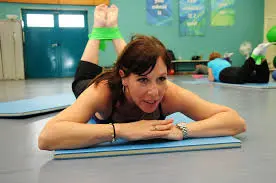
[Cards on the table: I’m not a huge fan of large group Pilates classes for untrained beginners. Teachers may not be very qualified, which can effect your safety and the effectiveness of the exercise. But we’ll just stick to what to what to expect and how to best prepare yourself.]
Many large gyms include Pilates mat classes within their group class offerings. You’ll grab a mat, usually set it up pointing toward the front of the room.
Take the time a the beginning of class to do a light warm up. Any easy movement is good to get the blood moving, joints lubricated, and to prepare your mind and body for what’s coming.
We have an article dedicated to Pilates terminology which is super helpful.
Tips for First Pilates Class at a Gym
- Avoid the “bad” pain. Any new exercise will involve some pain as you’re working the muscles. But there is (muscle) growing pain, and then there’s bad pain, and you need to know the difference. Nothing in Pilates should cause pain to the back of your neck or anywhere in the shoulder joints or knees. Pay attention to popping and clicking and back off before that starts. (Or, my advice, get some private lessons first, which will prepare you to take group classes safely.)
- If it’s your first class, try to surround yourself with people who are experienced. While you shouldn’t twist the head while you’re doing an exercise, you can always stop and have a look at someone more experienced if you’re not understanding the instructions. So curb your inner diva and plop yourself in the middle of the room!
- Find the class with the fewest people in it. If that’s the early morning class, get your butt up! The possibility of some individual attention will make it worth your while.
- Watch a few videos of beginner mat classes. While there’s more to Pilates than just the choreography, knowing what you’re supposed to be doing allows you to focus on how to do it.
What to wear for Pilates
Think about the movement you’ll be doing, and dress accordingly.
You’ll be spending time on your back, so no tops that tie back. If you have long hair, you’ll want it tied up so if won’t bother you while lying face up.
The most important thing is that you are able to move comfortably (without having any wardrobe malfunctions!). It’s a good idea to have pants that fit tight enough around the waist and/or have a drawstring. Sometimes you might be rolling back or have your butt in the air, and you don’t want to worry about showing folks your underwear.
Boobs: strap them in! You’ll be in different positions and you don’t want to be babysitting the girls.
Footwear: you can go barefoot or use grip socks. Slippery socks are a no-no, especially on equipment.

Dos and Don’ts
- Do come a bit early. You can check in, give any information you need, and take a look at the studio. Since it’s your first time, let you instructor know so they can keep an eye out for you.
- Do let your instructor know of any injuries or issues you might have.
- Do take care of yourself. If a movement produces sharp pains or is unclear, just rest for a moment. In smaller classes, you might ask the teacher for assistance.
- Don’t compete with other students. We’re all at different places and have different strengths. Some people are very flexible, which might look impressive, but they struggle a lot with stability. Don’t sacrifice your stability for their flexibility.
- Do let yourself be inspired by other students. You might see folks in their seventies who are kicking ass in class! You’ll also see people with conditions like scoliosis who are able to maintain a pain-free life due to their Pilates practice. These are great reasons to be diligent about your Pilates work.
- Don’t quit! Pilates is just as much of an exercise for the mind as it is for the body. You’re learning to think about movement differently, not just doing sit ups. So your first lesson will be challenging in many ways. Give yourself time to process. Your muscles will strengthen and your mind will organise the new information while you’re resting, so your next lesson will be better!
